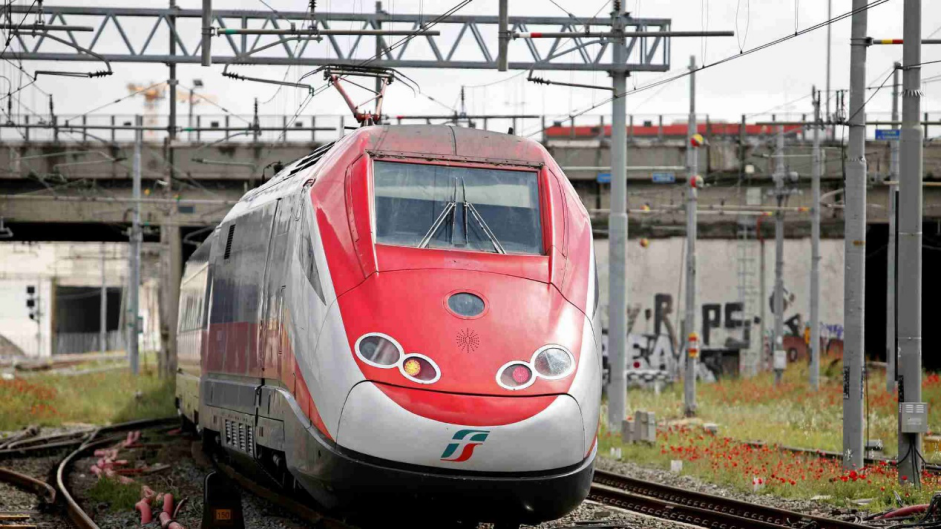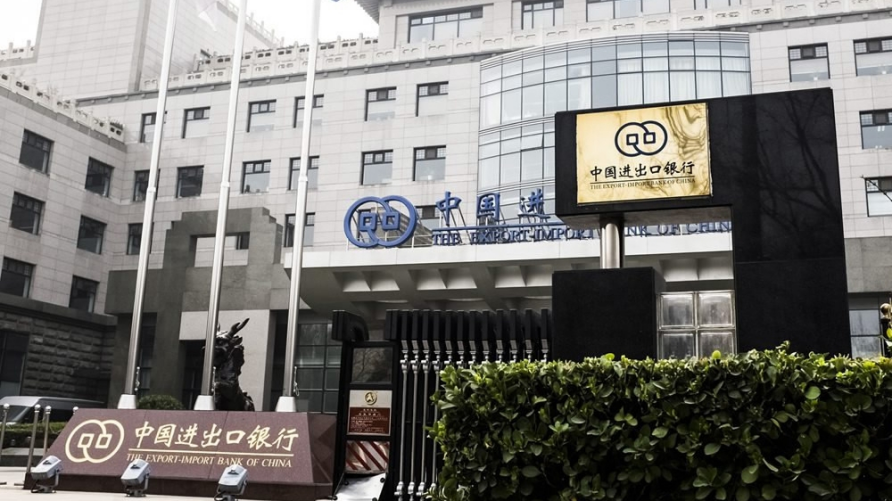1. Overview
The Hungary-Serbia Railway is the flagship project of cooperation between China and Central and Eastern European countries (CEE). The line runs from Budapest, Hungary, to Belgrade, Serbia, with a total length of 342 kilometers and a designed speed of 200 km/h. The existing railway line will be renovated and a second line will be added to form a double-track electrified railway facilitating fast passenger and freight transport.

Photo: CGTN
On November 25, 2013, when leaders from China and CEE met in Bucharest, Romania, Chinese Premier Li Keqiang, Hungarian Prime Minister Orban and Serbian Prime Minister Ivica Da jointly announced cooperation in upgrading the Hungary-Serbia Railway.

After attending the 6th Summit of China and CEE, Chinese Premier Li Keqiang arrived in Budapest, Hungary on Sunday local time for an official visit. (Photo: CGTN)
On November 24, 2015, during the “16+1” Leader Summit in Suzhou, China and Hungary signed an agreement on the cooperation of the development, construction and financing the Hungary section of the Hungary-Serbia Railway Project. The Chinese consortium signed a general cooperation contract on the Hungary Section of the Hungary-Serbia Railway with the Serbian government and enterprise representatives, marking the official start of the project.
On November 5, 2016, during the “16+1” Leader Summit held in Riga, Latvia, the joint venture of China Railway International Co., Ltd. (CRIC) and China Transportation Construction Co., Ltd. (CTCC), affiliated with China Railway, signed a commercial contract on modernizing the Hungary-Serbia Railway and reconstructing the Belgrade-Stara Pazova section with the government of Serbia and Serbia Railway Infrastructure Co., Ltd. (SRIC). This indicated the project was entering the implementation phase.
In November 2017, a commencement ceremony for the Belgrade-Stara Pazova section in Serbia was held. In June 2018, construction officially started.
2. Contractor
Chinese and Serbian companies are contributing to the project. CRIC and CTCC set up a joint venture for it, while it’s SRIC for Serbia.
On November 5, 2016, during the “16+1” Leader Summit held in Riga, Latvia, the joint venture of China Railway International Co., Ltd. (CRIC) and China Transportation Construction Co., Ltd. (CTCC), affiliated with China Railway, signed a commercial contract on the modernization of the Hungary-Serbia Railway and the reconstruction of the Belgrade-Stara Pazova section.
3. Current progress

File photo: CGTN
The Hungary-Serbia Railway project is progressing smoothly. Work has already started on upgrading the Serbian section of the line, which is expected to be completed by the end of 2022. The full project is scheduled to be finished by 2025.
4. Investment
Total funds for Serbia’s part are $350 million, which is mainly financed by the Export-Import Bank of China.

Export-Import Bank of China (Photo: CGTN)
The total funds for Hungary’s part are a little more than $2 billion. China finances 85 percent and Hungary 15 percent. Hungary and China signed a 20-year, $1.9 billion loan for the project, with a 2.5% interest rate.
5. Significance
As a landmark project, it illustrates the cooperation between China and CEE. The Hungary-Serbia Railway meets the needs of the complementary interests of both parties.
China's railway construction strength has developed rapidly in the past 30 years, with related equipment, technologies and experience becoming more mature. Most CEE countries such as Hungary and Serbia are in urgent need of upgrading their railways, roads, ports and other transportation facilities. Strengthening cooperation in transportation infrastructure between China and CEE not only helps upgrade relevant facilities, but also accelerates China’s resolve to address overcapacity.
The implementation of the Hungary-Serbia railway project will play a leading role in the development of infrastructure in relevant countries in CEE, and further deepen the level of cooperation between China and CEE.
(Compiled by Mei Yibo)


